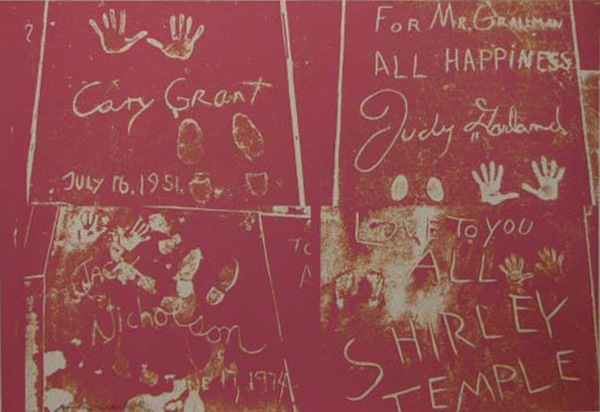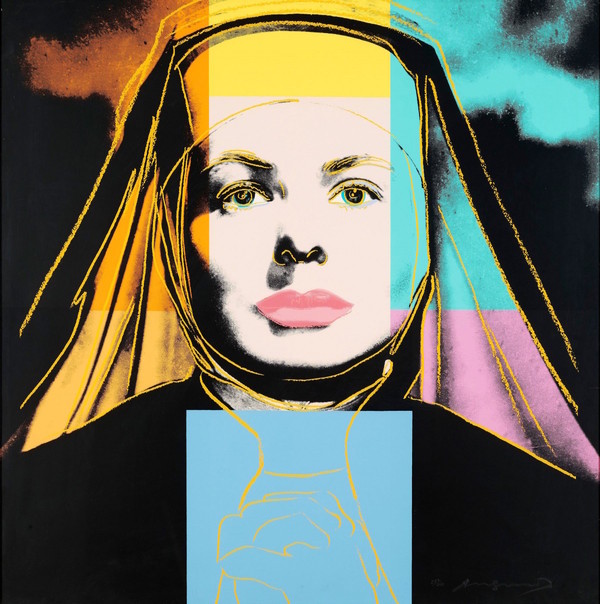Click on the image below to read the article
Tag Archives: americanart
Gregg Shienbaum Fine Art featured as one of the best Miami galleries on Widewalls
WOW – Work Of the Week – Andy Warhol “Sidewalk FS II.304”
WOW – Work Of the Week – Frank Stella “Del Mar”
WOW – Work Of the Week – Andy Warhol “Ingrid Bergman, The Nun FS.II 314”
WOW – Work Of the Week – Josef Albers “SK-ED”
WOW – Work Of the Week – Marilyn Minter “Prism”
Ahol Sniffs Glue New Print Release “REDRUM”
|
GREGG SHIENBAUM FINE ART is proud to present its second editioned work with Miami Artist AHOL SNIFFS GLUE |
||
|
Limited to only 50 pieces. This new work titled “REDRUM” is in the style of Abstract Expressionism. Highly influenced by this movement, Ahol breaks away from his well known style of the “classic pattern”. In this screenprint the viewer can see the brush strokes of raw emotion poured into the work. This print is a very meaningful work to the artist. It is his first screenprint on paper published with Gregg Shienbaum Fine Art, and it is a work that depicts his feelings about the state of our nation and the world. Ahol’s Eyeballs represent the eyes of the working class. Usually seen in his typical pattern, Ahol paints these eyes to let the everyday working class person know that he is with them. Painted on walls, cars, canvas, and anywhere he can, Ahol throws up a shout out to the regular guy, just going through the daily grind, of just making it to survive. REDRUM (Murder spelled backwards), depicts the sad state of the killings in our communities, here at home, and around the world. Innocent victims being shot down for just trying to get by, and live their lives. Whether it is everyday working people in our streets and communities, law enforcement, people at a night club, or a someone overseas. This new screenprint by Ahol depicts the chaos, the turbulence, the anger, and the sadness of what is going on in our neighborhoods. Painted in fluorescent red ink, to symbolize the blood spilled, and running through our streets, this expressionistic style allows for more artistic freedom that the Ahol has been wanting to achieve. This style not only portrays the tension, and whirlwind of emotions that effect the people and the community, but also gives us a sense of the artist’s pure inner feelings. This new style has more of a free flowing quality, that shows the artist’s emotion, growth, depth, and dimension.
GREGG SHIENBAUM FINE ART IS PLEASED TO BE PART OF THIS The details of this new edition are below.
Ahol Sniffs Glue signing the REDRUM screenprints. Click HERE to see the video of Ahol signing the screenprints.
|
WOW – Work Of the Week – John Baldessari “Person On Horse And Person Falling From Horse (With Audience)”
Biscayne Boyz New Music Video
*BISCAYNE BLOCK BOYZ*
NEW MUSIC VIDEO
by AHOL SNIFFS GLUE and OTTO VON SCHIRACH
—
Ahol Sniffs Glue has just released a new music video with Otto Von Schirach.
The video has been featured in the Miami New Times… Link to the full article HERE











%20stock.jpg)